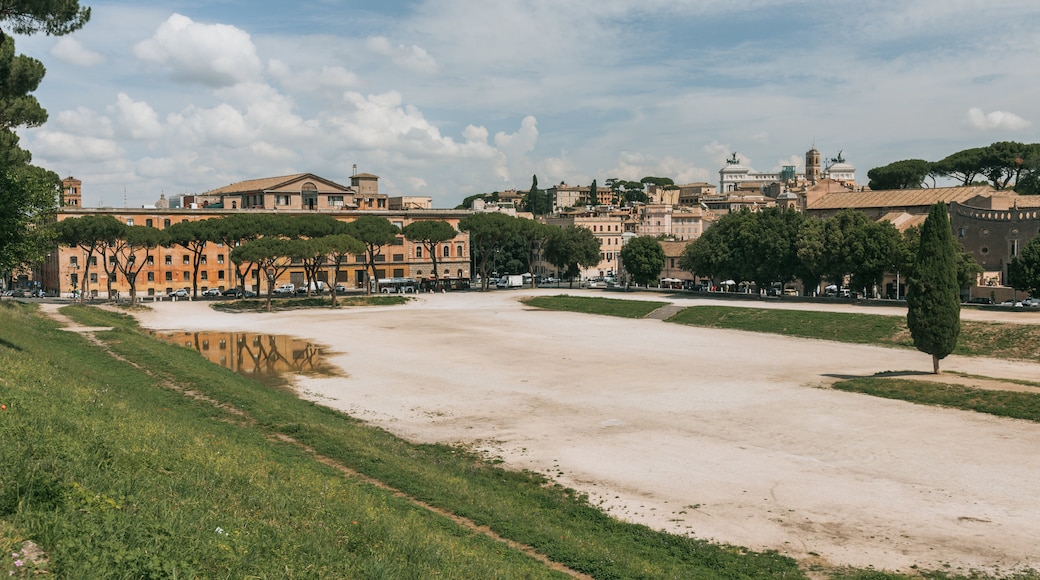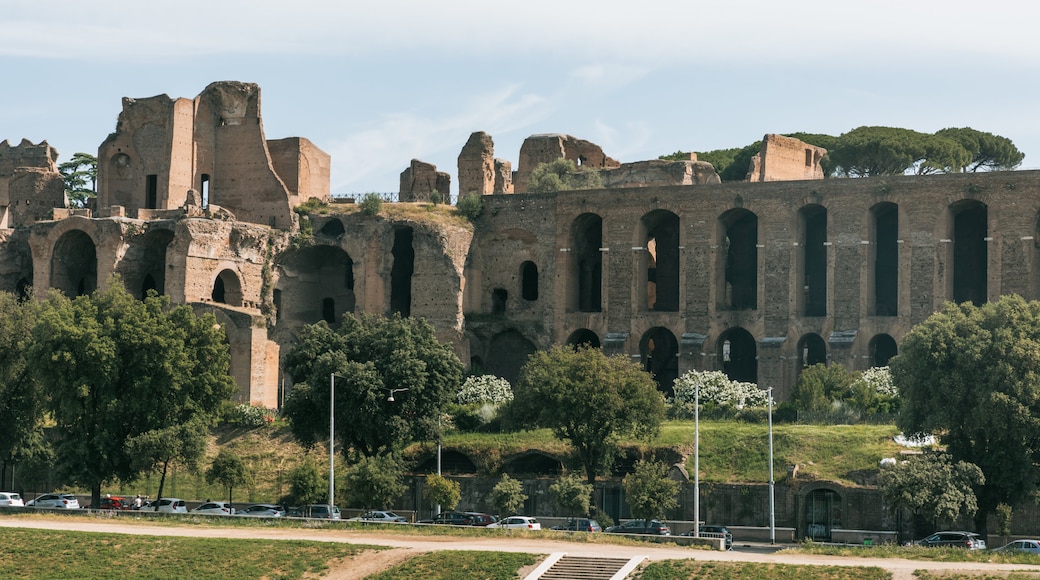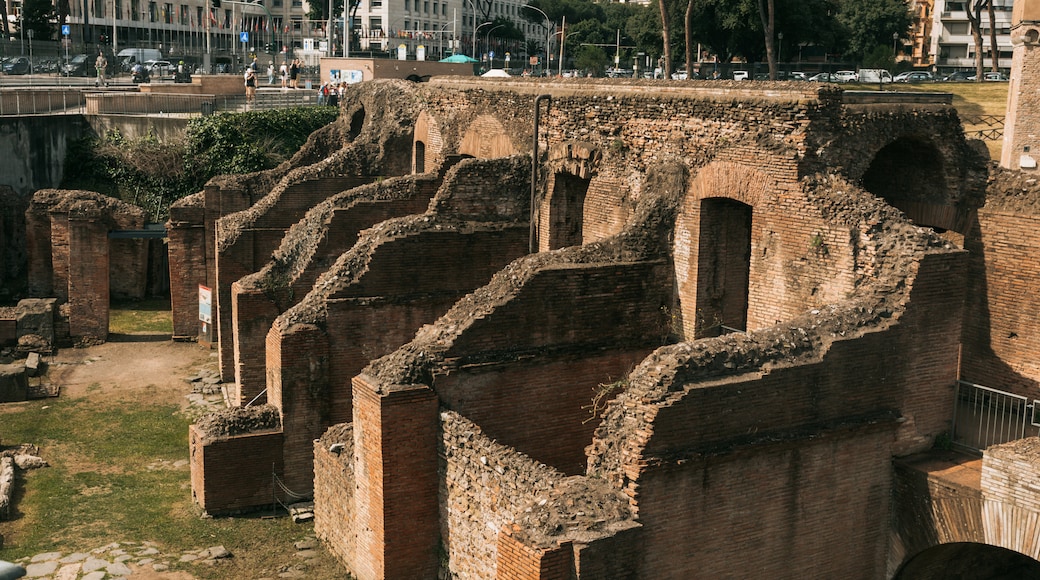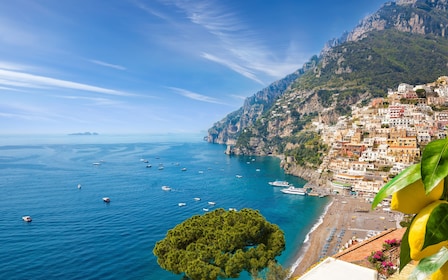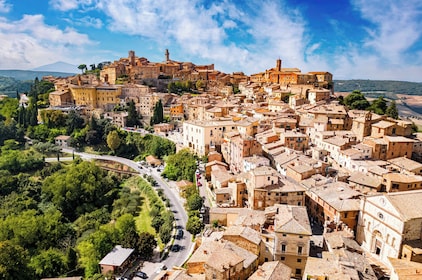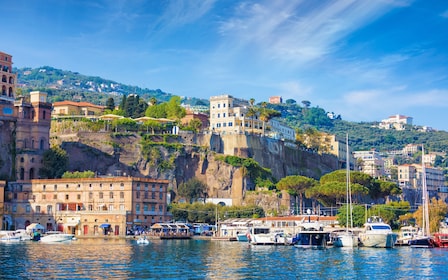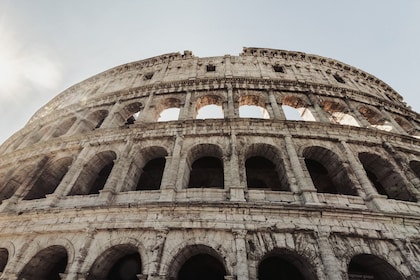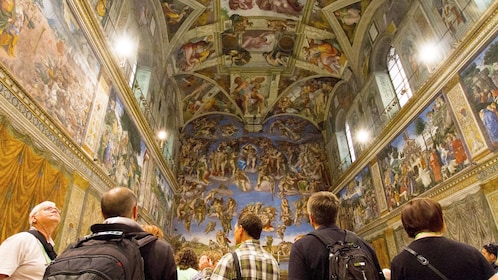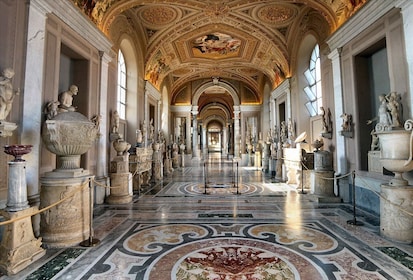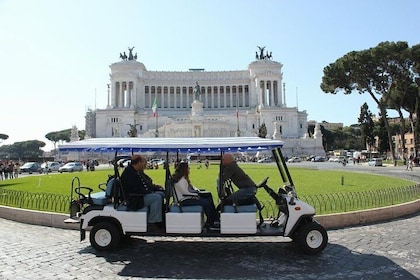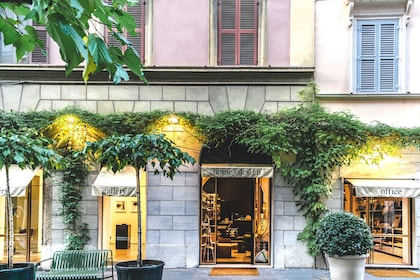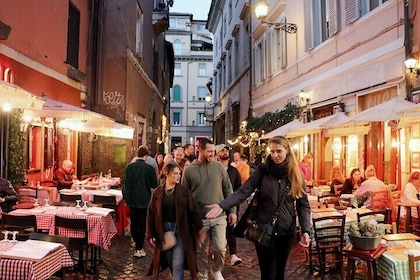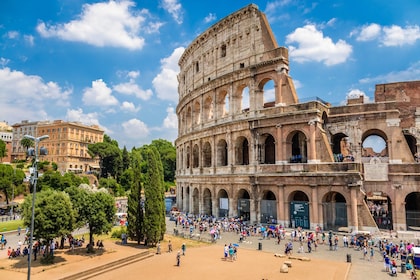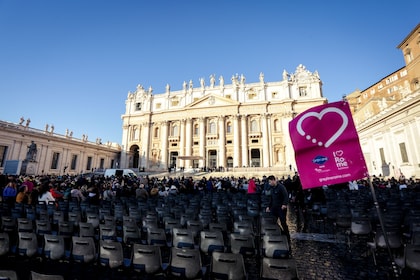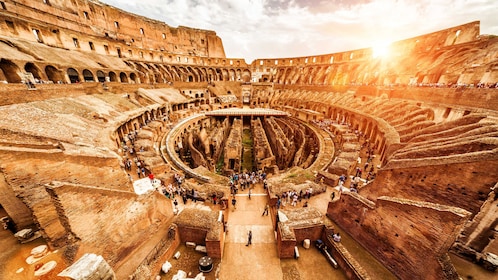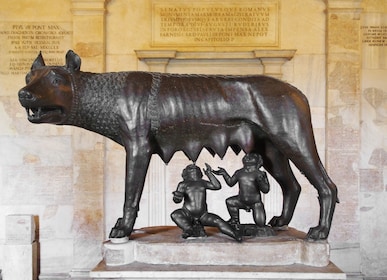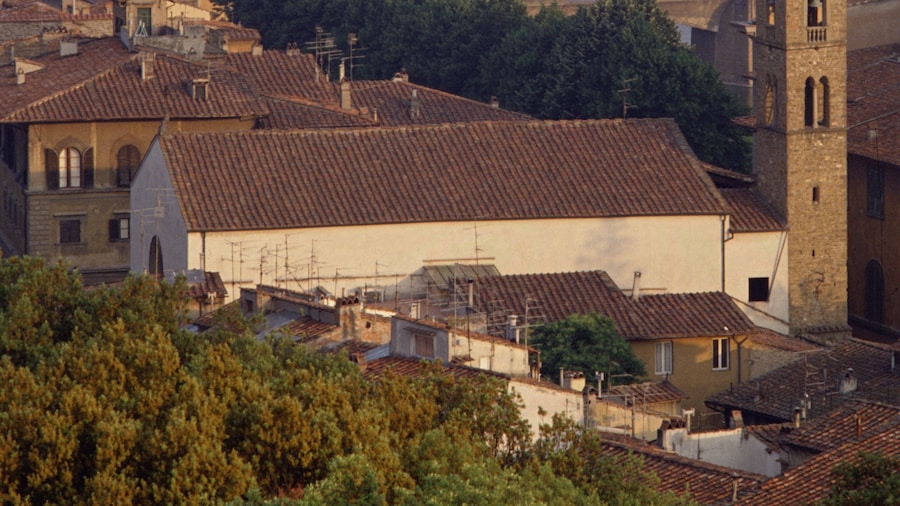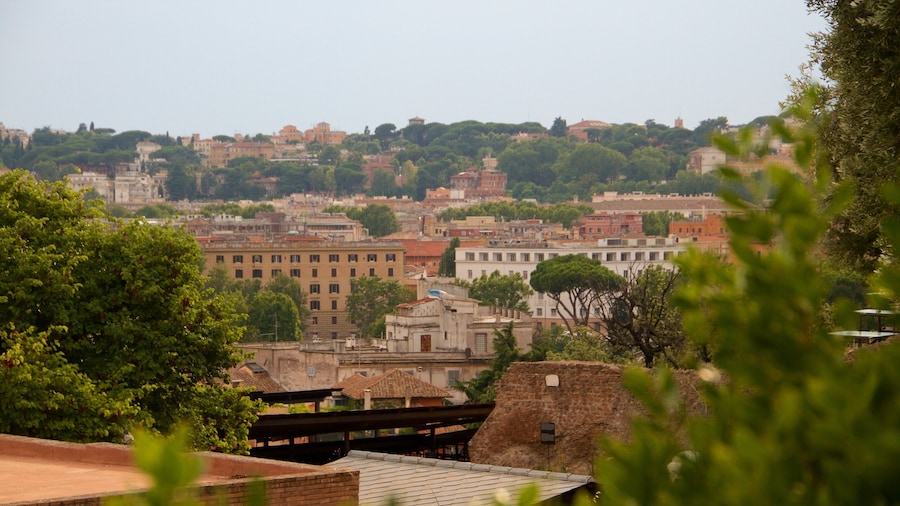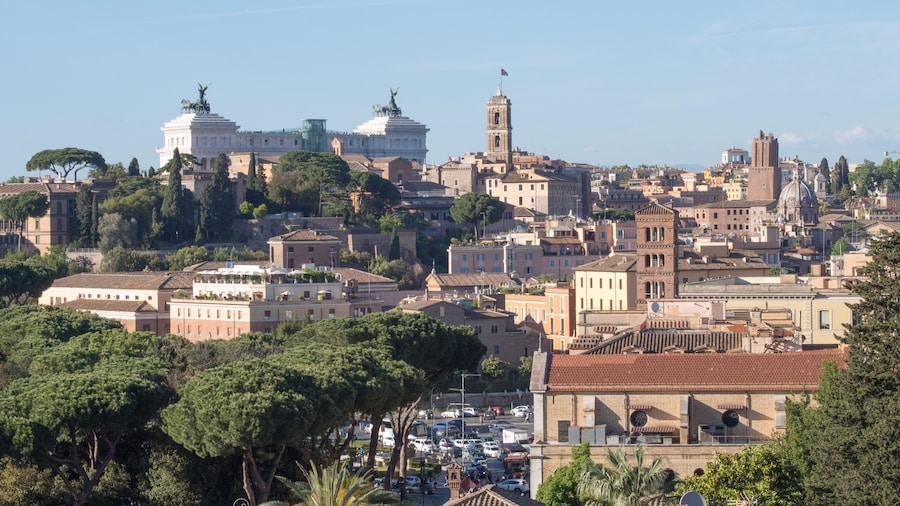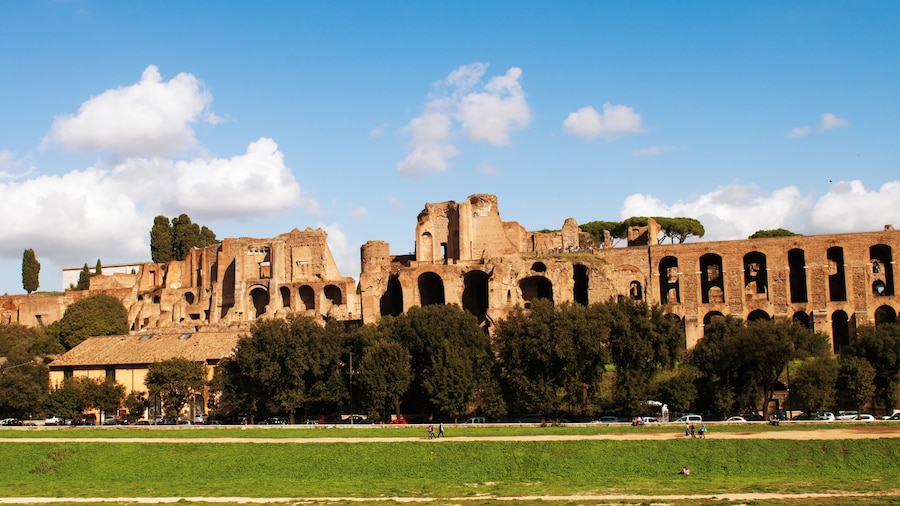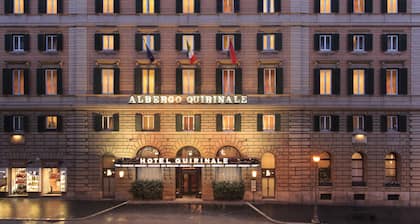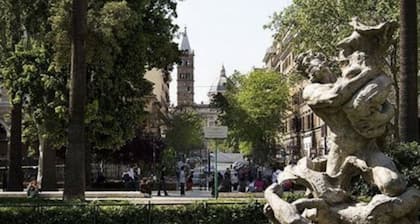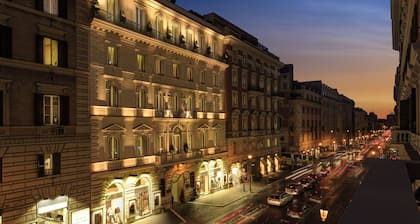Now a long grassy expanse, Circus Maximus was once a colossal sporting venue providing entertainment to the inhabitants of the ancient capital. Stand in the middle of this vast open park and imagine the speeding chariots that once raced around the track.
Construction of the Circus Maximus is believed to have been in the late 7th or 6th century B.C. It was originally made mostly of wood and had a capacity of approximately 145,000. Under the rule of Julius Caesar, the stands were changed to stone to prevent fire damage and the stadium was expanded. The track became 1,968 feet (600 metres) long while the total number of seats was increased to somewhere between 200,000 and 300,000, making it much larger than most present-day stadiums.
The 328-foot (100-metre) wide oval-shaped course has long since disappeared with lush grassland now standing in its place, though it’s easy to picture chariots charging around at breakneck speeds. In contrast, the park now provides a superb place to escape the noise and crowds of the city. Local families and children often come here to rest, picnic or play games. Wander around under the glowing sun, lie in the shade of leafy trees and watch the world go by.
Stroll around the park to where the ancient obelisk still stands. This obelisk was used to mark the first curve on the track. Carry on past this and find a small section of the old stadium. This is all that remains of the original structure, so you’ll have to use your imagination to conjure up an image of how the venue would have looked back when a quarter of the population of Rome came here to be entertained.
Circus Maximus is located just south of the city centre between Palatine and Aventine hills, so a visit here can be easily combined with a trip to Palatine HillOpens in a new window, the ColosseumOpens in a new window and the Roman ForumOpens in a new window. Ride the metro line to Circo Massimo station or hop on a bus. There is no restriction on when you can visit and no admission charge.


